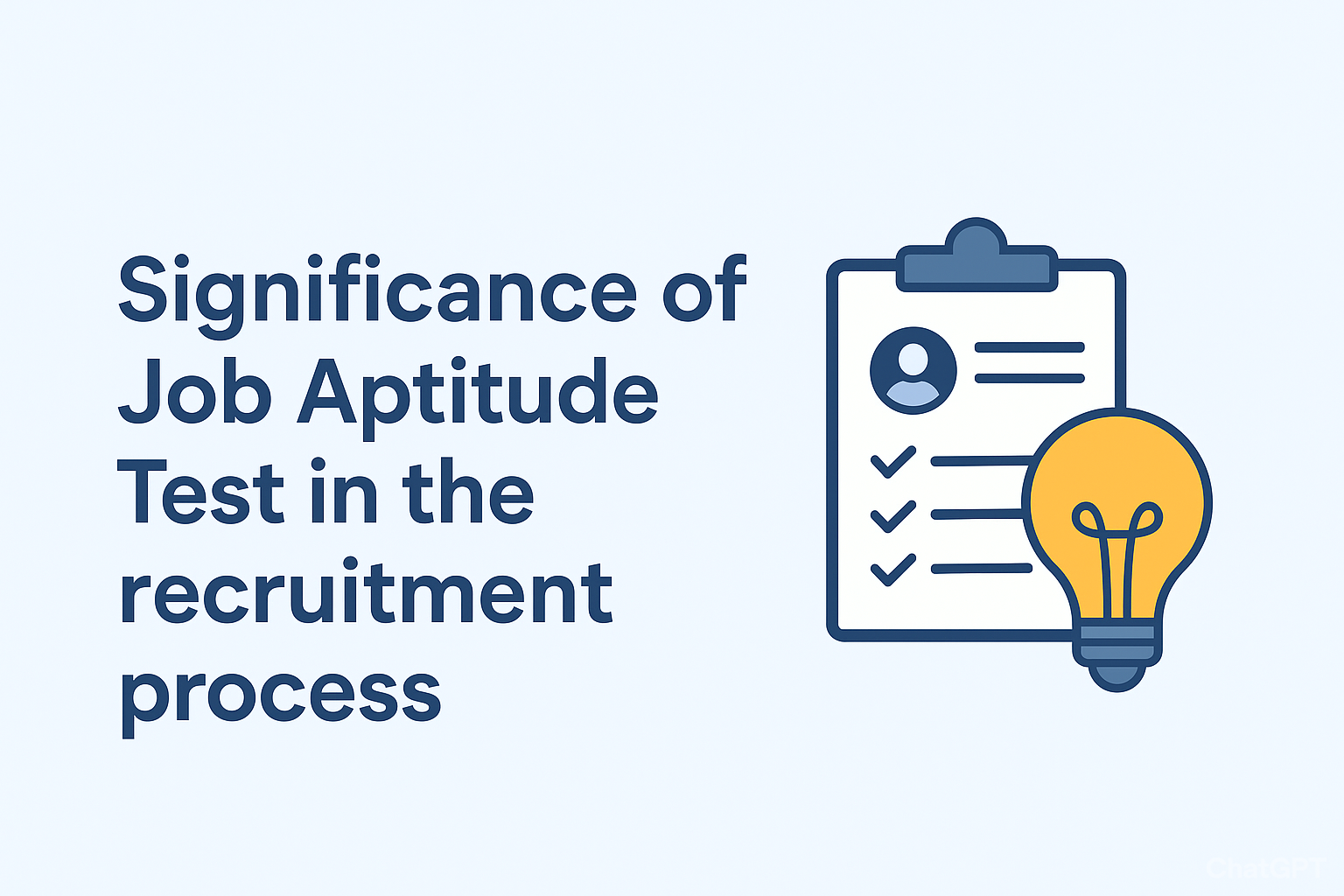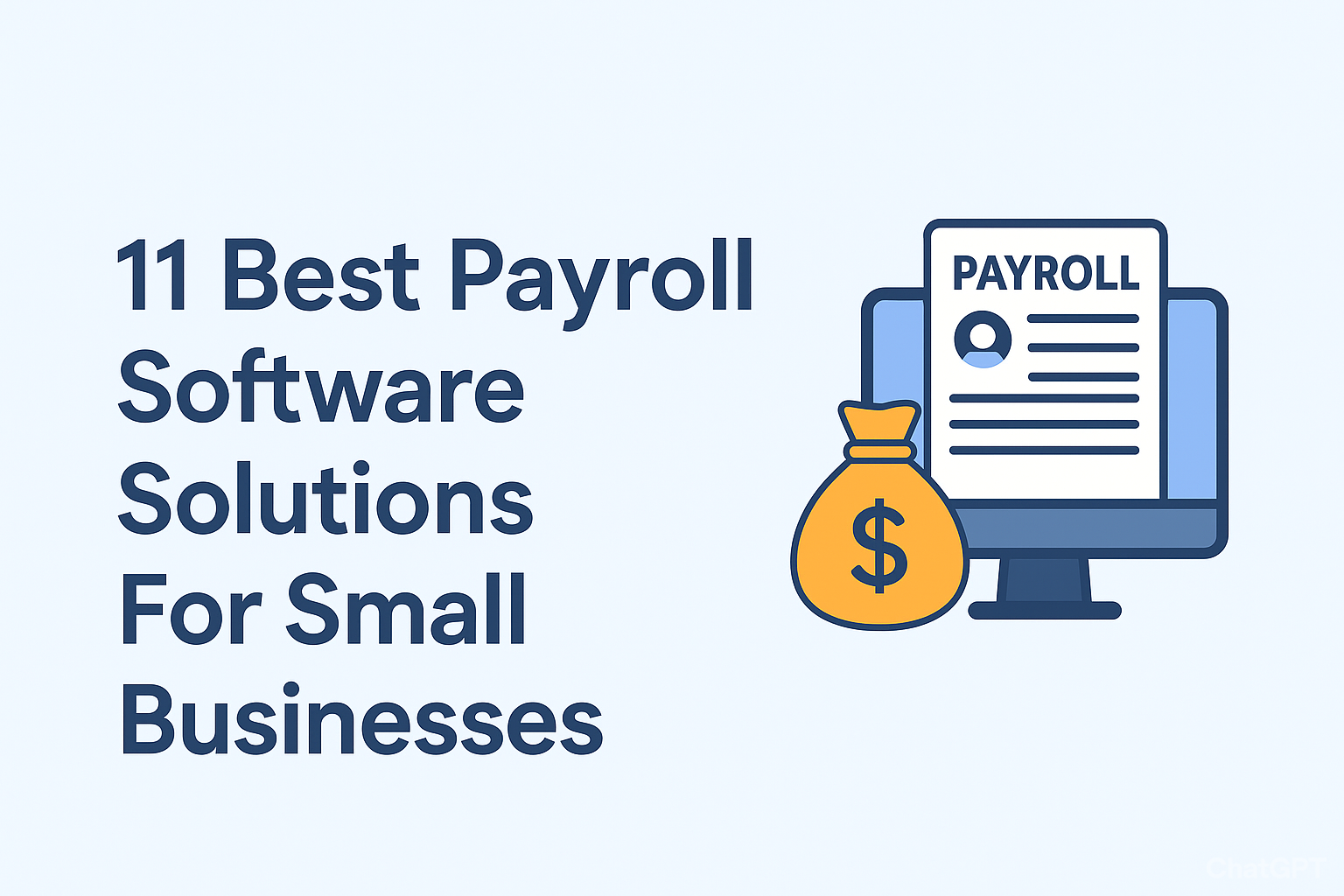Last Updated on August 20, 2022 by rida
Are you thinking about investing your money? It can be a great thing to do in today’s day and age given the rising cost of living and inflation. One of the best investments you can make is in an ETP – Exchange Traded Product – or ETF – an Exchange-Traded Fund.
ETFs can also be used to track a market, currency, industry, or commodity. Typically, an ETF tracks an index fund like the s&p 500, but it can also track a market, a commodity, an industry, or even a currency.
When you buy an ETF, you are buying a fund that owns the index assets it tracks. You can trade ETFs in the same way that investors buy and sell stocks throughout the day.
But what should you go for ETP vs ETF? And what is an ETF vs. what is an ETP? Here’s everything you need to know.
Table of Contents
EFTs Are Not Mutual Funds
Consider that mutual funds are not like ETFs which are publicly traded. Investors can make similar trades as with stocks, which gives investors the power to decide the prices they are willing to trade, prevent loss orders, and hedge strategies with little minimum investment requirements.
Investors can buy and trade ETP while the exchange is open and prices are updated throughout the day.
However, please note that the trading volume of the product may be inconsistent, which may affect its liquidity. ETPs are popular products, but trading volumes vary and may affect liquidity. Disadvantages: ETPs are exposed to market losses as prices fluctuate.
Because ETP prices can fluctuate, investors can make profits but also risk incurring market losses. The difference between the buy and sell price (buy and sell) can increase the cost of trading ETP.
There may be closing costs associated with the eventual liquidation of all ETPs, as well as uncertainty regarding index monitoring when an ETP liquidates its holdings.
Trading Volume
The liquidity of ETP is usually based on trading volume, and the product price is based on the underlying asset rather than supply and demand. Exchange-traded products (ETPs), including traditional index funds (ETFs), exchange-traded notes (ETNs), and those organized in partnerships and trusts, can sometimes seem complicated.
An exchange-traded fund (ETF) is an investment fund that operates as a single stock exchange. Exchange-traded products (ETPs) are liquid assets backed by a pool of market makers. A market maker is a company or individual that participates in a two-sided market for a particular security.
Exchange-Traded Products Vs Stocks
However, exchange-traded products differ from stocks in that they are used to track a specific financial instrument, such as a currency, an interest rate, a commodity, or a stock price index.
An exchange trade takes place on stock exchanges, which means that their prices can fluctuate from day to day and intraday. ETPs are designed to resemble an underlying index or asset return, with easy trading and access options.
ETFs and ETNS are similar in that both can be used to track an underlying stock index and trade on major exchanges. Like ETFs, ETNs are traded on a stock exchange, track certain indices, and generally have lower fees than actively managed funds.
An ETN does not buy or sell underlying assets as an ETF does, and it does not have dividends or distributions, so there are no associated trading fees or costs.
ETP Trading
ETP trading also requires a brokerage account, so buying and selling ETP shares may result in a brokerage fee if it is not one of the ETFs that the brokerage service allows you to freely trade. So what is an ETP? An ETP can function as an investment fund that a publicly-traded company can use to sell a fixed amount of shares to investors.
ETPs are investment products listed on a national stock exchange, so they can be bought and sold on the stock markets. ETPs can be a great option for first-time investors as they can provide access to an alternative asset class or an entire index in a single transaction.
Complex Mechanisms
Exchange-traded products have complex mechanisms that trigger early liquidation when the price drops sharply and leverage ratios reset periodically, meaning that the performance of leveraged ETPs can be very different from those of traditional ETFs.
Under certain circumstances, issuers may stop or suspend the creation of new shares, which may result in ETPs trading at a price that is significantly different from the value of their underlying assets or indices. Most ETPs represent a share of a portfolio of stocks that track a benchmark or index.
To achieve their goals, ETPs typically (a) invest directly in assets that underlie the benchmark, or (b) use a sampling strategy without investing in all underlying benchmark securities.
Other indexes, for example, the Vanguard Total Stock market index fund, use a representative sample, investing most of their holdings in the underlying index securities and the remaining small percentages of their holdings in other assets including options, swaps, and securities which are not in the underlying index that, in the opinion of the fund’s advisor, will help the ETF achieve its investment objective.
ETP Vs ETF: Main Differences
The main investment objective of an ETF is to provide a return that closely tracks the return of an index, commodity, or currency, rather than trying to change the return of an index.
Leveraged exchange-traded funds (ETFs or leveraged ETFs) attempt to earn multiple daily returns from their respective index returns.
Exchange-traded products (ETP) are a transparent and cost-effective way to access an asset class. This is because maintenance fees are typically lower than those of index funds. These are the main differences between ETP vs ETF.
For more, be sure to check out the rest of our site.
Read More: What are vanilla options?



























